When I wander through Tampa, I spot more than just storefronts and sidewalks—there’s history tucked into every nook. Vintage stuff like faded signs, creaky old furniture, and classic clothes all whisper stories about Tampa’s past and the people who shaped it. These one-of-a-kind treasures help me get why Tampa’s not just any city—it’s a place that grew from humble beginnings into something vibrant.
Every vintage shop and thrift store in Tampa feels like stepping into a time capsule. I’ve stumbled on relics from the old cigar factories in Ybor City and trinkets that hint at Tampa’s roots as a railroad hub. Some finds come straight from famous neighborhoods, but honestly, the best surprises are the hidden gems you just happen to spot.
Let’s dive into the coolest vintage items I’ve found—the ones that really show off Tampa’s true spirit. These nine finds don’t just fill up my shelves; they connect me to stories of grit, tradition, and transformation.

The Story Behind Tampa’s Historical Artifacts
Tampa’s vintage treasures shine a light on big moments, hometown industries, and the everyday folks who built the city. Through these artifacts, I get a better feel for the cultural changes and what sets Tampa apart.
How Vintage Finds Reflect Tampa’s Cultural Evolution
Looking at historical artifacts from Tampa Bay, I see the city’s culture changing right before my eyes. Each piece has its own tale, tied to a specific group or era. Cigar boxes and labels, for example, tell how the cigar industry brought in workers from Cuba, Spain, and Italy to Ybor City.
Old photos and clothes show how neighborhoods shifted as new people arrived. Tampa’s growth as a port city also mixed up the local food, language, and traditions. Menus and kitchen tools hint at the blend of Cuban, Spanish, and American flavors that still shape Tampa’s dining scene.
These objects aren’t just stuff—they’re reminders of hard work and adaptation. Through them, I can see how Tampa turned into one of Florida’s most diverse cities.
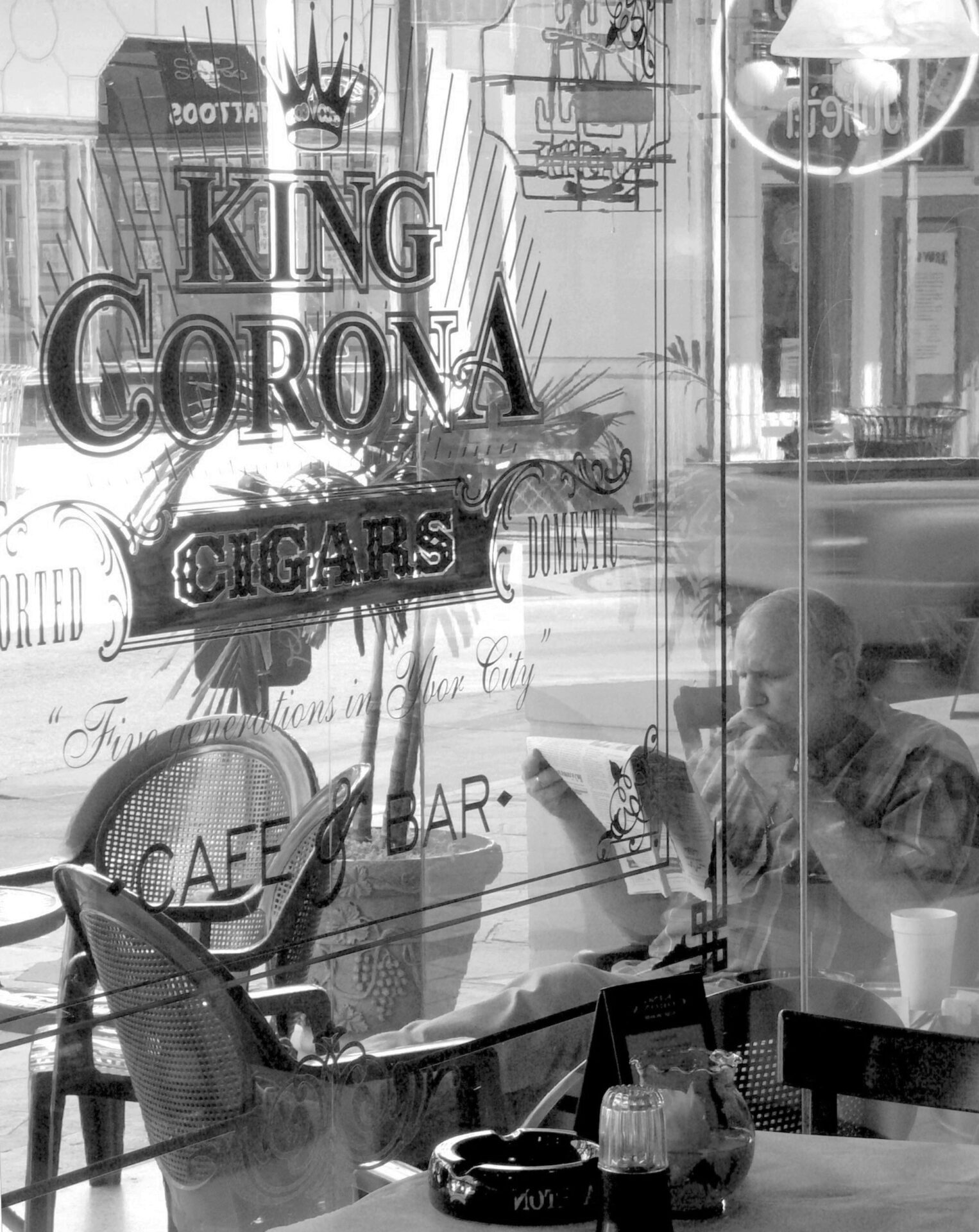
Preserving Tampa Bay’s Unique Local Heritage
Saving Tampa’s artifacts matters to me because they tie the past to the community today. Museums like the Tampa Bay History Center work to collect and protect about 90,000 objects—everything from Seminole patchwork and cigar tools to old maps and pottery.
Most artifacts stay tucked away, but some make it into galleries for everyone to see. The Tampa Bay History Center welcomes donations of items with a local story, always checking their background and condition.
I love that folks in Tampa can donate vintage pieces, send in digital photos, or record family stories to help keep local history alive. Sharing these things means Tampa’s heritage sticks around for future generations—and it adds context to the cool stuff to do in Tampa now.
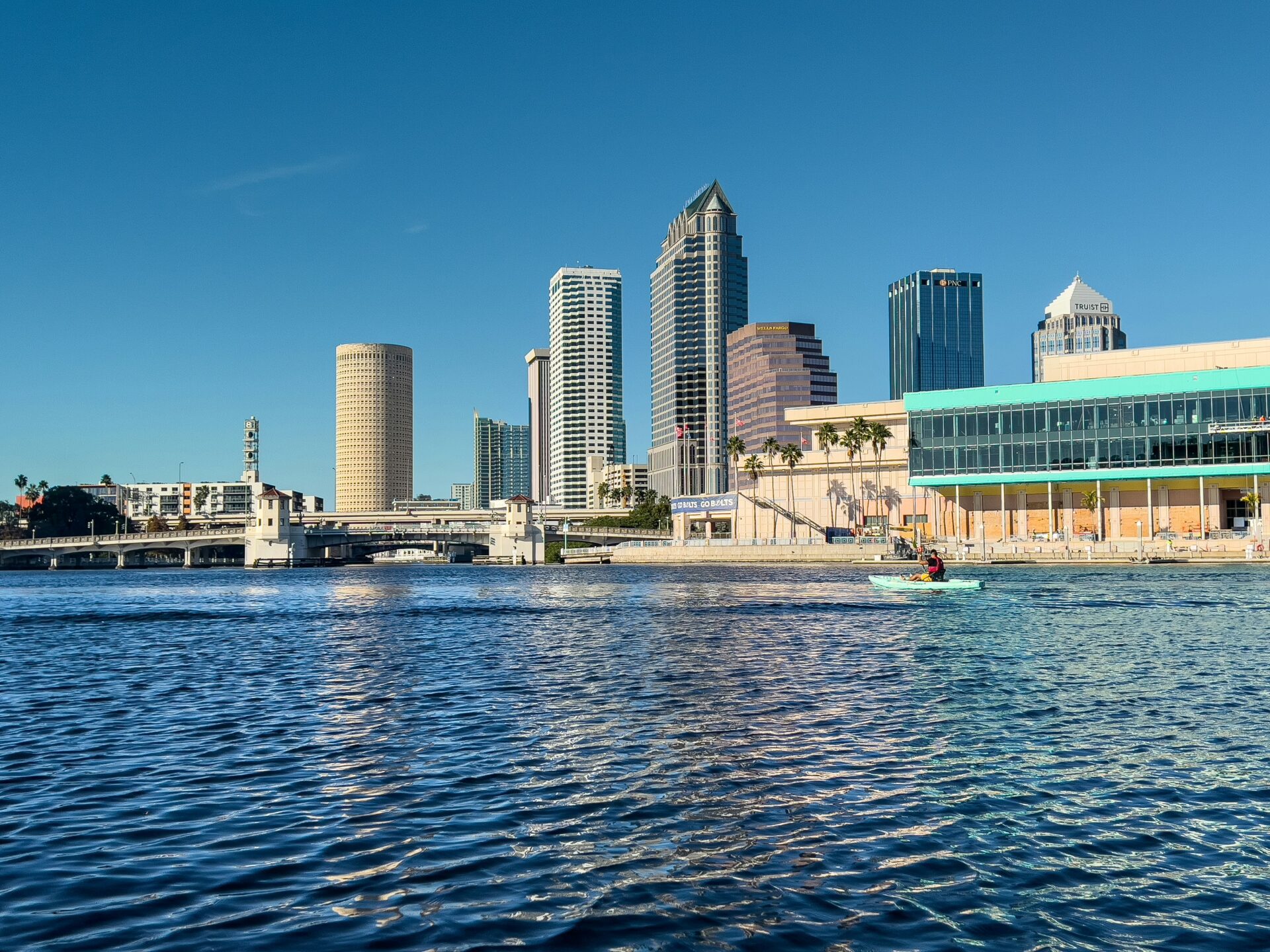
Exploring Iconic Ybor City Treasures
Ybor City gives a real peek into Tampa’s multicultural roots, packed with artifacts and historic spots that showcase its Cuban, Spanish, and Italian influences. The neighborhood still draws people who want to feel connected to Tampa’s industrial and immigrant past through the real pieces that survived.
Hand-Rolled Cigar Memorabilia
When I hunt for vintage finds that scream Ybor City, cigar memorabilia tops the list every time. Ybor earned its title as the “Cigar Capital of the World,” and it shows in the old cigar boxes, bands, cutters, and vintage ads.
Shops often display handmade wooden cigar molds and rolling tables once used by skilled workers from Cuba and Spain. You’ll spot crisp tin signs for brands like J.C. Newman and Hav-A-Tampa—names that still carry weight.
Framed cigar labels, with their bold colors and intricate designs, always catch my eye. These pieces show off the artistry and history that made Ybor City famous. I keep an eye out for historic matchbooks or unlit cigars with their original bands—they’re quirky conversation starters.
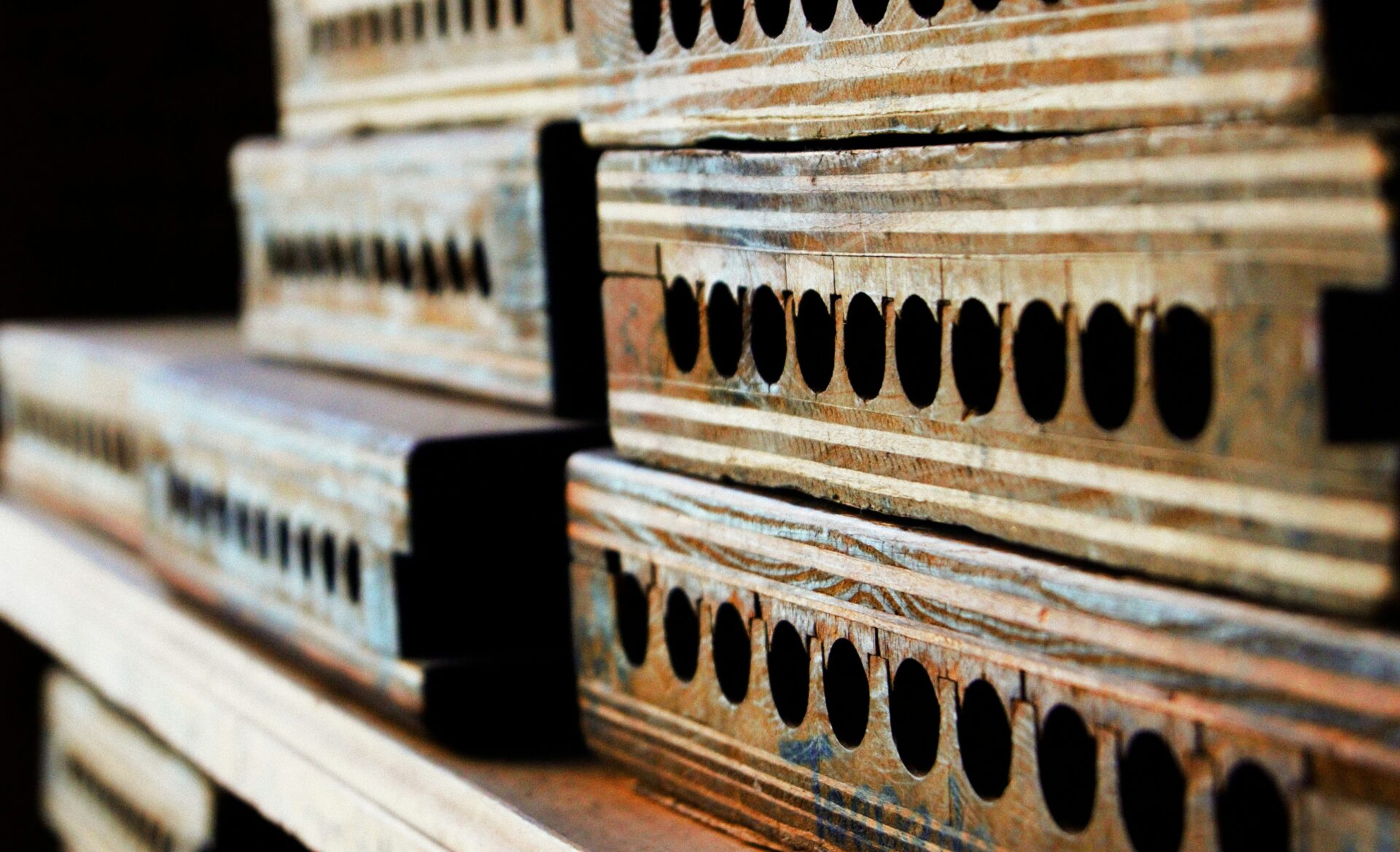
Ybor City Historic District Relics
The Ybor City Historic District keeps its story alive with preserved buildings and street artifacts. I’ve seen salvaged street signs, brick pavers, and fancy ironwork from early 1900s buildings in local antique shops.
Old photos pop up everywhere, capturing E Seventh Avenue buzzing with streetcars and folks in vintage outfits. Comparing those shots to today’s brick-lined streets and renovated cigar factories is always a treat.
Some original touches, like the columns and tiles from the Columbia Restaurant, have stuck around or found new life elsewhere. Menus from old Ybor restaurants and bits of historic façades offer a direct link to the lively business scene that once defined the area.
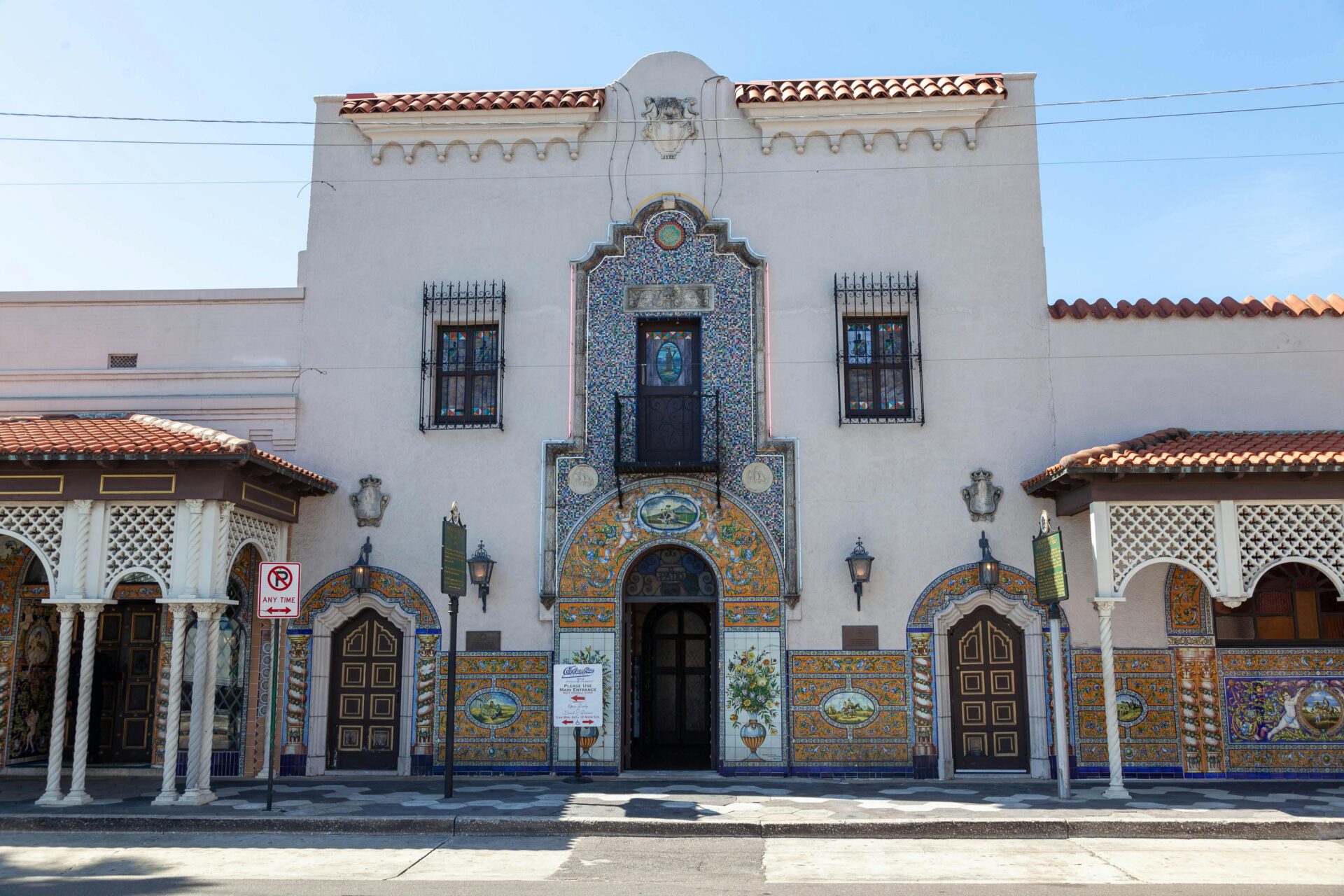
Artifacts from Cuban and Spanish Communities
Ybor’s cultural mashup shines through the artifacts left behind by Cuban and Spanish families. I’ve come across hand-painted ceramic tiles, Spanish-language papers, and faded family photos at estate sales and museums.
One of the coolest things I’ve seen? The kitchenware folks used to make Cuban bread or café con leche. Sometimes, you’ll even find handwritten recipes passed down through generations. Spanish fans, mantillas, and old musical instruments often pop up in vintage markets too.
Relics from social clubs—like membership pins or invites to dances at the Cuban or Spanish Clubs—really help me appreciate the tight-knit communities those families built. These treasures connect Ybor’s immigrant stories to modern Tampa in a way that feels personal and real.
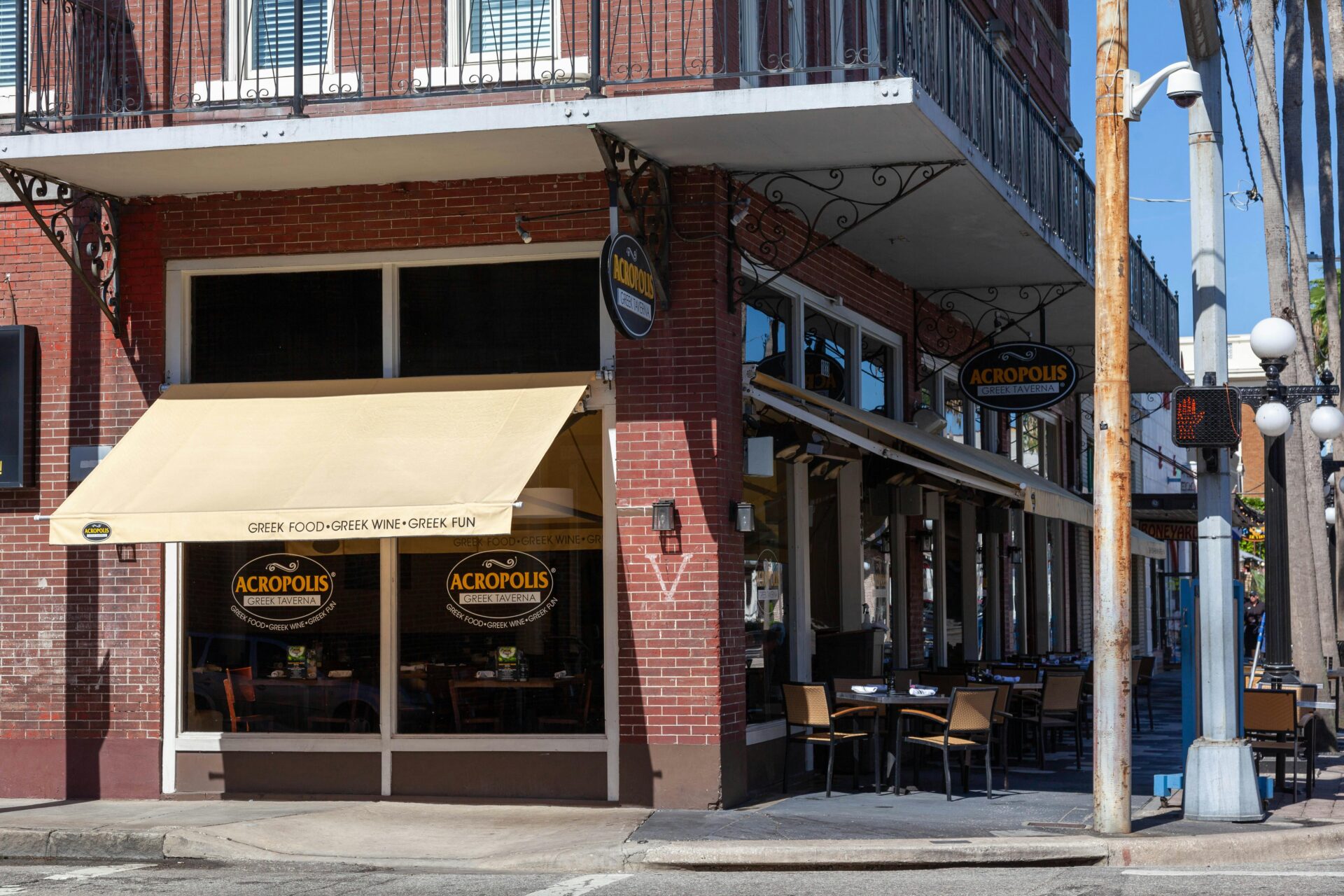
Landmarks Transformed: Museums and Vintage Markets
Tampa’s history isn’t just locked away in museums—it’s alive in vintage markets, where pieces of the past find new homes. I’ve found that these places offer a glimpse into how the city keeps growing while holding onto its roots.
Henry B. Plant Museum Collections
A trip to the Henry B. Plant Museum gives me a taste of grand architecture and everyday relics from another time. The museum, inside the old Tampa Bay Hotel, lets me wander rooms set up just like they were in the late 1800s.
I always notice the elegant furniture, artwork, and travel trunks that capture Florida’s Gilded Age. Silver tea sets and original fixtures hint at the luxury guests once enjoyed. These details make it easy to picture life in old Tampa, when the railroad brought new faces and ideas.
The museum also keeps local photos and papers safe. If you’re curious about Tampa’s transformation, these displays really show what’s changed, what hasn’t, and why the city feels the way it does now.
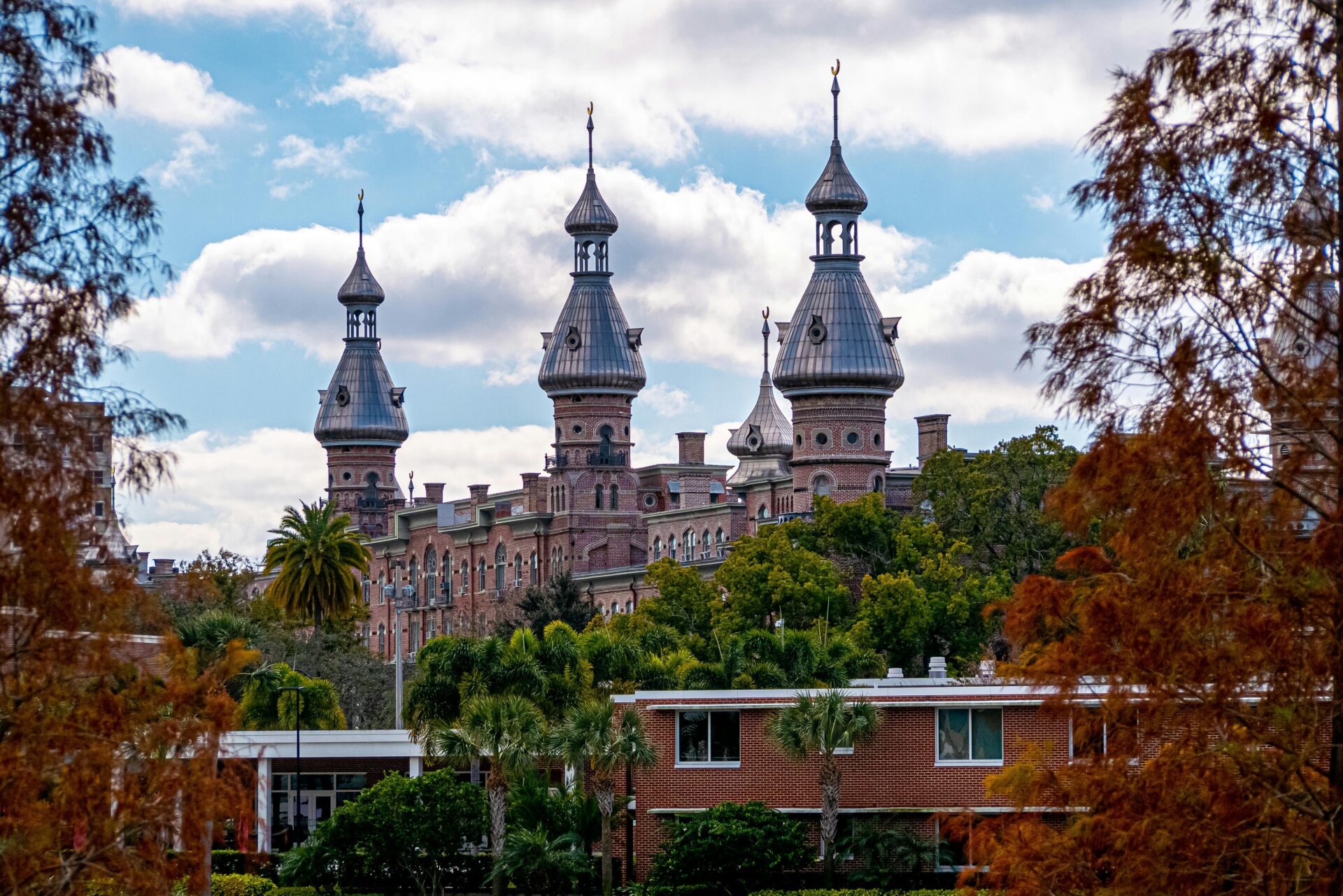
Vintage Marché and Picker Place Finds
Tampa’s history isn’t just for display—it’s for sale at places like Vintage Marché and Picker Place. Walking through these markets, I’m surrounded by old-school furniture, stacks of vinyl, and quirky décor that once filled Tampa homes.
Vintage Marché, with its sprawling 15,000 square feet, holds everything from antique radios and mid-century signs to old Tampa Bay maps. Each piece carries a story, connecting me to the city’s evolving style. Picker Place has its own vibe—think salvaged hardware, industrial lights, and reworked art.
Shopping these markets gives me a shot at bringing a bit of Tampa’s past home. Whether it’s a pressed tin ceiling tile or a classic Florida postcard, every find reminds me that Tampa’s character keeps growing, shaped by locals and collectors alike.
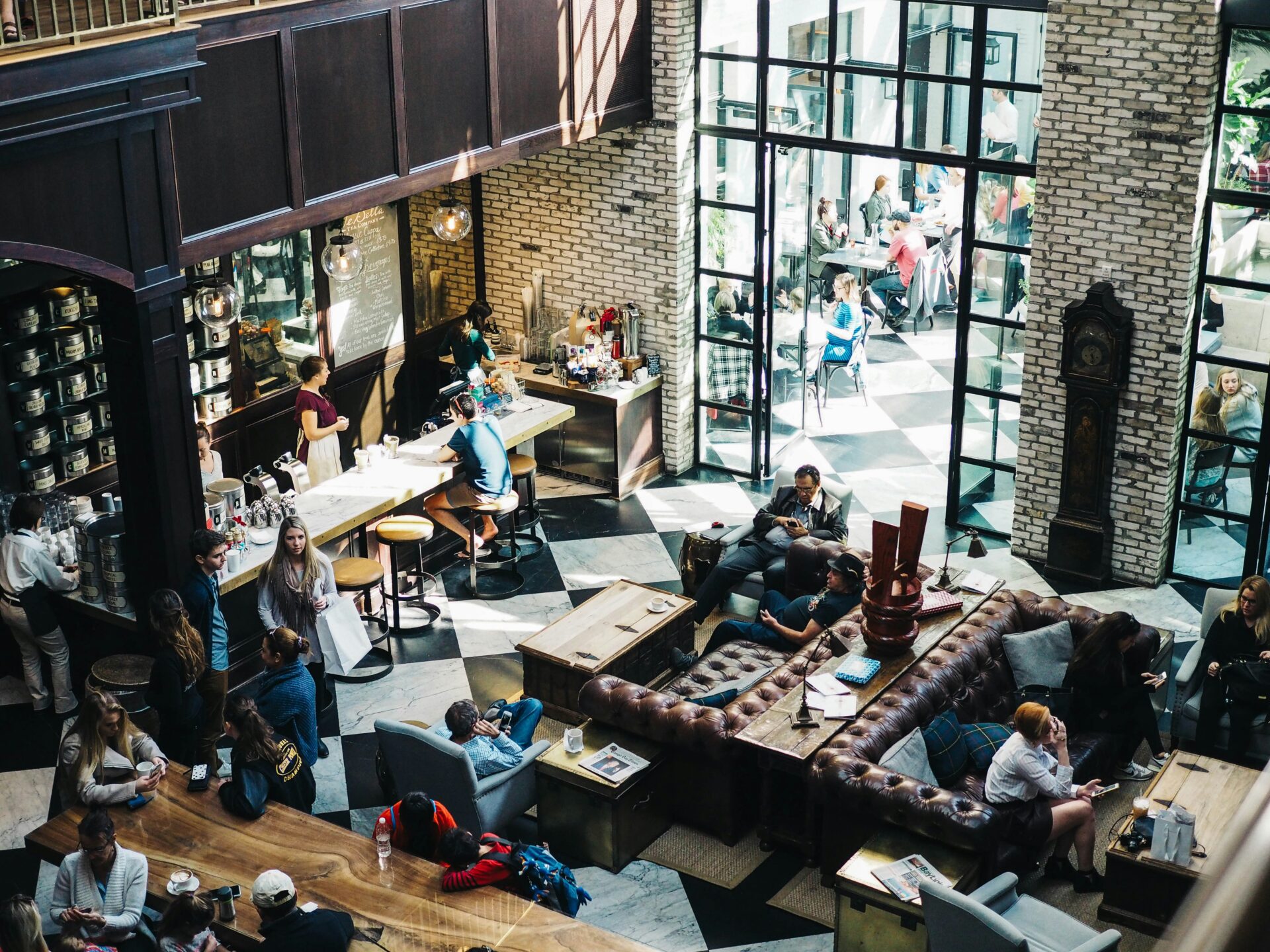
Maps, Prints, and Photos Capturing Tampa’s Growth
Old maps and photos do a lot to reveal Tampa’s story. They show how neighborhoods, rivers, and landmarks have shifted over the years.
Historic Maps of Tampa Bay and the Gulf Coast
Maps can be the best clues to Tampa’s development. Early maps of Tampa Bay and the Gulf Coast highlight why the city mattered for trade and travel. Many vintage maps lay out the web of rivers, ports, and railroads that helped Tampa grow from a tiny village to a bustling city.
The Touchton Map Library, for example, stores thousands of historic charts and documents. Maps from the late 1800s and early 1900s show how the city’s streets and waterfronts stretched to keep up with business. Tampa’s spot on the Gulf opened trade routes across Florida, the Caribbean, and beyond.
Some old maps even highlight the original sites of places like Ybor City. Laying those maps next to modern ones helps me see how industry and transportation shaped Tampa’s path.
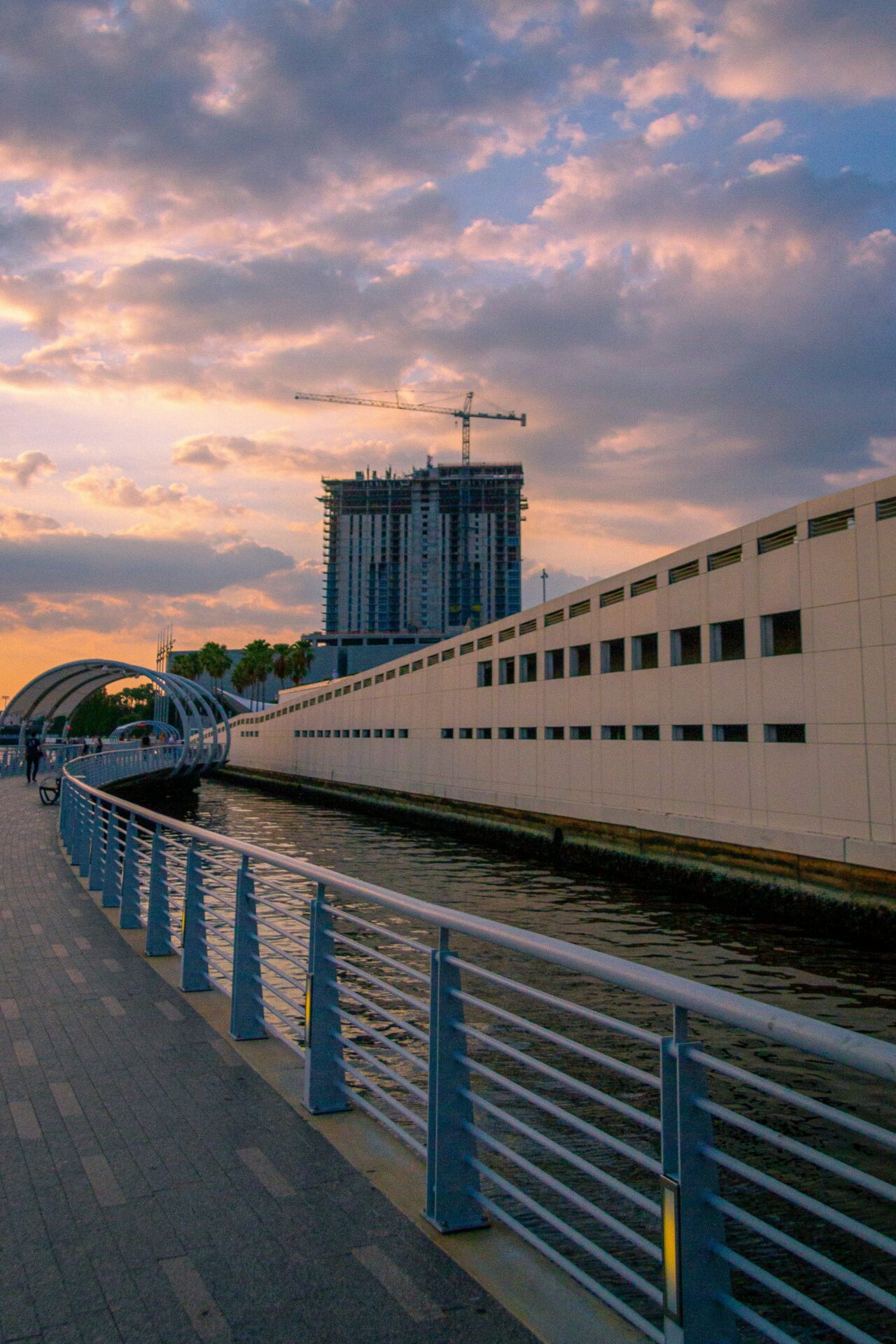
Photographic Archives of Old Tampa
Photographic archives bring Tampa’s past into sharper focus. I can flip through rare images of old neighborhoods, daily routines, and landmarks as they looked decades ago.
The Burgert Brothers studio snapped more than 12,000 photos from the early 1900s on. Local libraries and digital archives keep many of these images available. The Greater Tampa Chamber of Commerce Collection adds over 30,000 more, mostly from mid-century Tampa.
Comparing “then and now” photos shows which buildings and streets have changed and which have stuck around. Archives at the Hillsborough County Public Library and online projects let me line up Tampa of 1920 with the city I know now, deepening my understanding of how it’s all evolved.

Relics of Tampa’s Waterways and Industrial Past
Tampa’s growth has always run alongside its waterways and the industries that sprang up along their banks. The traces left behind—from river artifacts to railway collectibles—give a close-up look at how the city changed.
Artifacts from the Hillsborough River
I see all the time how the Hillsborough River was Tampa’s first big highway for travel and trade. Old maritime tools, dock anchors, and shipping tags still turn up during river cleanups. These little objects remind me of the busy ports where goods like cigars and phosphate headed out to the world.
Ceramic jugs and glass bottles sometimes surface in the river mud, telling stories of early settlers and fishermen who depended on the daily catch. I’ve also spotted pieces tied to steamboats, such as paddle wheel sections and metal signs with faded company logos.
Finding these artifacts helps me see how the river’s role changed—from wild barrier to a gateway for growth. Every item, whether it’s a rusty chain or a crate lid stamped with a shipping mark, marks another step in Tampa’s journey from frontier outpost to major port.
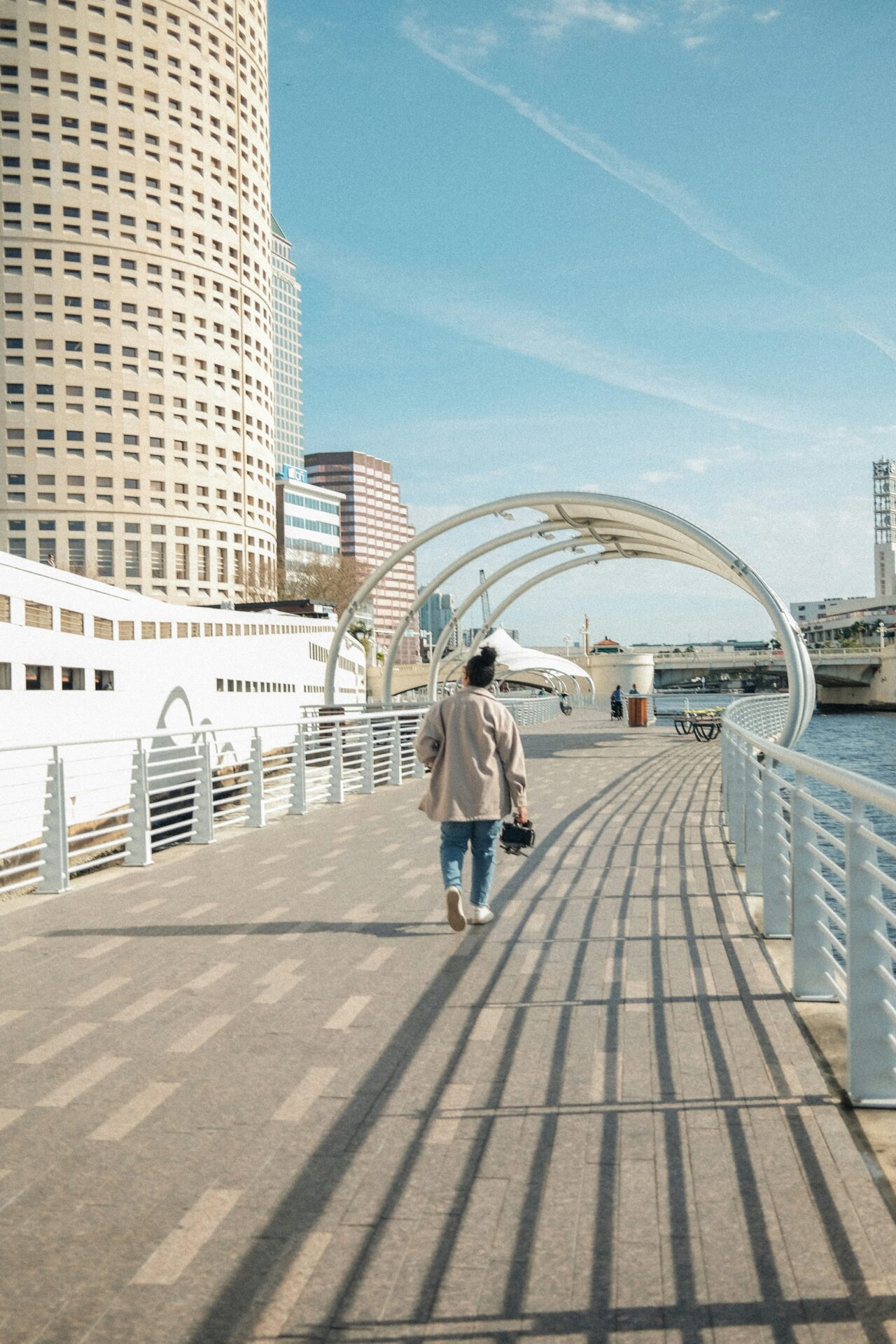
Old Steel Railroad Bridge Collectibles
Whenever I stumble on relics from Tampa’s old steel railroad bridges, I can’t help but imagine the days when locomotives rolled straight into the city’s core. There’s something captivating about holding a chunk of riveted metal or a weathered bolt—these bits often pop up in local antique shops or tucked away in history museums.
Those bridges stretched across the Hillsborough River and Tampa Bay, connecting factories, warehouses, and the bustle of downtown. Collectors seem to love old schedules, lanterns, and railroad signs. For me, they conjure up scenes of freight trains rumbling by, loaded with citrus, lumber, and all sorts of imported goods.
Here’s a quick table with some of the typical finds:
| Item | Typical Use | Era |
|---|---|---|
| Riveted metal beams | Bridge structure | Early 1900s |
| Identification tags | Marking bridge origins | 1900s–Midcentury |
| Signal lanterns | Rail safety and traffic | 1900s–1950s |
Honestly, seeing or owning these pieces brings Tampa’s railroad history to life. It’s a reminder of just how much those bridges shaped the city’s daily rhythm and industry.

